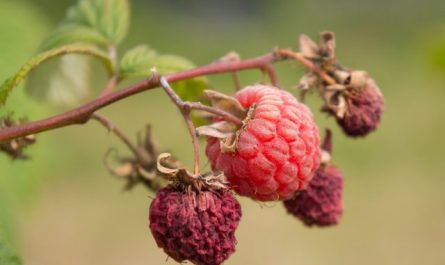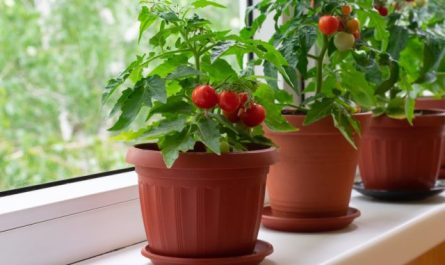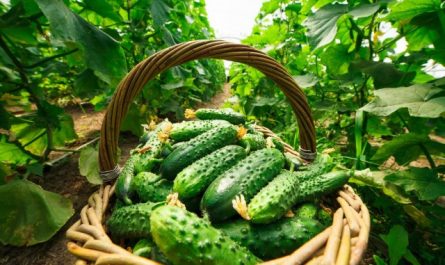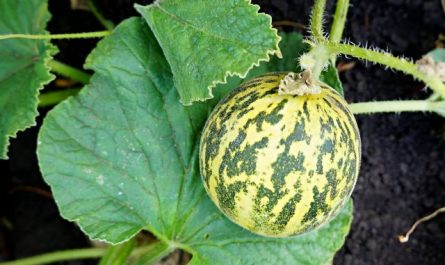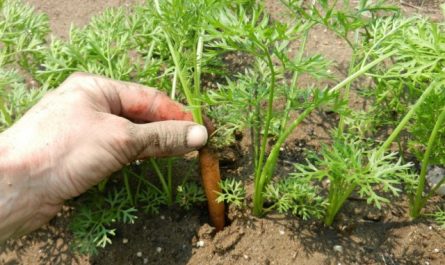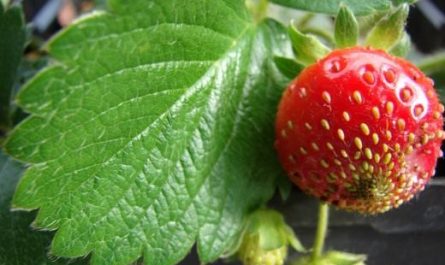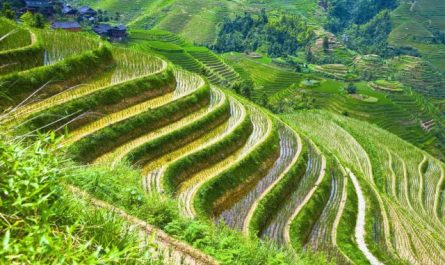Autumn is the time to actively collect materials for composting. Not only can you start a compost heap in the fall, but experienced gardeners believe that this is the best time to do so. However, autumn composting is a little different from summer composting. In this article, we will talk about what you can’t do with compost in the fall and how to compost properly at the end of the season.

Successful composting
First, remember that the key to successful composting is maintaining a balance between carbon and nitrogen in the composter. A healthy compost pile should contain about two-thirds carbon (brown, i.e. straw, hay, leaves, twigs) materials and one-third nitrogen (green, i.e. grass, kitchen scraps) materials. Carbon-rich materials provide aeration to speed up the composting process, eliminate unpleasant odors, and help produce loose, light compost.
Backyard composters typically have an abundance of nitrogen-based materials to add throughout the year: kitchen scraps including fruit and vegetable peelings, coffee grounds, grass clippings, and other fresh materials. However, carbon-based materials are more difficult to collect in the winter, spring, and summer. These include leaves, grapevines, shrub clippings, straw, dried yard waste, and other items that are abundant in the fall but less so the rest of the year. So it’s important to stock up on these materials to gradually add to your compost.
What shouldn’t you do with compost in the fall?
- Don’t add freshly fallen leaves to your compost. Wait until the leaves turn brown before raking them.
- Avoid adding plants that have had problems with disease or pests to your compost. In theory, the heat from the composting process kills disease spores and pest larvae, but in practice, not all compost piles reach the maximum heat potential that is lethal to pathogens. Therefore, compost can become a source of disease.
- Many weeds that are not pulled out in time set seeds. Do not add weeds with formed seeds to the compost heap. Weed seeds, like pathogens, will be destroyed only if the temperature in the heap reaches 70°C. And this is difficult to arrange on your own.
- Do not compost evergreen leaves such as mahonia, rhododendron and others, or fresh needles of coniferous trees. Such remains take a very long time to decompose and should be composted separately.
- Reduce aeration and turning of your compost pile in the fall and winter. Composting microbes need air to function properly, so most gardeners aerate their pile by turning it for best results. However, as the cold season approaches, you should reduce your compost aeration schedule to about once a month or less. This is because the center of the pile is usually the hottest. When you turn your compost pile, you risk losing heat. So avoid disturbing your compost too often to give the pile a chance to stay warm.
- You can’t add too many leaves to your compost at once. Make sure your materials are well balanced by adding leaves in small increments. Too many leaves thrown into the pile at once will interfere with the fall composting process.
- It is forbidden to add pet feces to the compost heap at any time of the season: they take a long time to rot, and they also potentially contain helminth eggs and pathogens of various infections.

Mandatory activities for autumn composting
1. Collect leaves and grass clippings.
Leaves are one of the most valuable materials for compost. They are rich in carbon and small enough to be easily incorporated into compost. Some leaves can be left under trees and shrubs where they will compost themselves. This helps reduce the amount of new mulch needed to cover areas under trees and shrubs.
Fresh grass clippings are rich in nitrogen and act as compost activators. Add thin layers of grass clippings to the compost to prevent lumps from forming. Then add twice as much brown material to balance the carbon to nitrogen ratio in the pile. Add thin layers of grass clippings to the compost to avoid lumps from forming.
2. Too many leaves? Try making some “leaf soil.”
If you have too many leaves to compost, you can simply compost a pile of leaves separately. The pile should be at least 1,5 meters in diameter and 90 centimeters high. Add a layer of soil between every 30 centimeters of foliage.
This compost should be damp enough that a few drops of moisture appear when you squeeze a handful of leaves with your hand. However, too much moisture is also harmful to the “leaf soil.” A piece of plastic sheeting on top of the pile will prevent it from becoming waterlogged. Weight the edges with rocks, but be careful not to squeeze the leaves too hard. The pile will compost in four to six months, and the material will be dark and crumbly.
Leaf compost is best used as an organic amendment and soil conditioner. It is not usually used as a fertilizer because it has few nutrients.
For a pile like this, you don’t even need a composter. You can simply collect the leaves in large garbage bags. (Add a little water if the leaves are too dry.) Then close the bag and poke a few holes in it with a garden fork, allowing air to circulate.

3. Garden flowers also contain a lot of nutrients that are ideal for composting.
If your annuals are no longer decorative, pull them up and toss them in the compost pile. Leave fall-blooming perennials while their leaves are green, then trim them once they turn brown and compost the leaves.
4. Separate materials to create layers in the compost pile.
Place the materials you have collected into two separate piles next to the compost bin. One pile will be for coarse materials such as stems, annual plant stems, branches, and shrub cuttings. The other pile will be for finer materials such as leaves, grass clippings, and small yard waste.
When you start filling your compost bin, remember to combine “green” ingredients (kitchen scraps) and “brown” ingredients (leaves, twigs, shredded paper). This ratio helps you quickly get good quality compost.
5. Store extra material for future composting.
Dry autumn leaves can be stored in burlap bags and one bag can be kept near the composter. As kitchen scraps and other “green” materials are added to the compost during the winter months, a layer of leaves can be added on top. This helps balance the green materials to speed up the maturation of the compost.
6. Save wood ash.
If you have a wood stove, fall is a good time to clean out the ash pit. Save the ashes from the stove pit (but don’t use the waste from cleaning the chimney) and add them to your composter. Use only ashes from clean materials.
7. Cover the pile or use a closed composter.
The compost pile should be moist but not wet. An open compost pile should be covered with a tarp or tarp to prevent excess rain from getting in. Ideally, closed composters should be used as they retain moisture from the composted materials, repel pests such as birds and mice, and speed up the composting process.
8. Add dry materials.
Controlling the moisture in your fall compost pile can be tricky because grass clippings and food scraps are about 80% water. You can add straw, wood scraps, paper, or cardboard to help the pile absorb some of the excess moisture.









